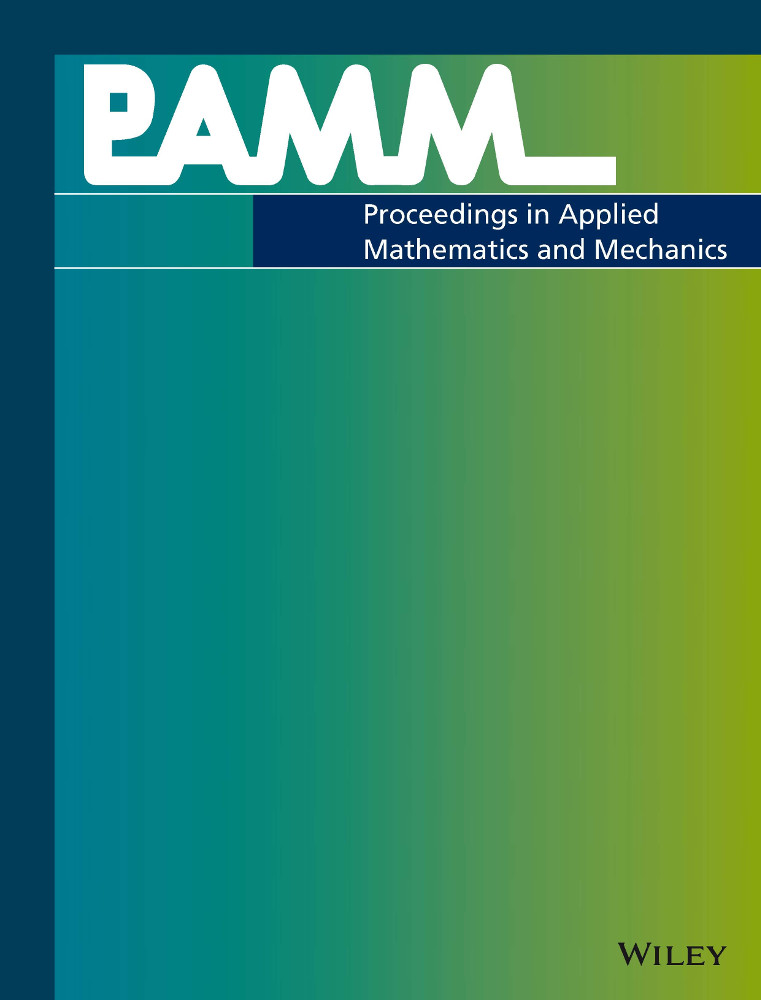Modeling simultaneous momentum and passive scalar transfer in turbulent annular Poiseuille flow
Abstract
Simultaneous momentum and passive scalar transfer in weakly heated pressure-driven turbulent concentric annular pipe flow is numerically investigated using the cylindrical formulation of the stochastic one-dimensional turbulence (ODT) model, which is utilized here as standalone tool. In the present study, we focus on the model calibration for heated annular pipes based on recent reference direct numerical simulations (DNS) from Bagheri and Wang (Int. J. Heat Fluid Flow 86, 108725, 2020; Phys. Fluids 33, 055131, 2021). It is shown that the model is able to individually capture scalar and momentum transfer, but not both equally well at the same time. We attribute this to less dissimilar scalar and momentum transport in the model at the low Reynolds number investigated. It is argued that the model prefers a fully developed turbulent state due to its construction. Nevertheless, it is demonstrated that ODT is able to reasonably capture the radial inner-outer asymmetry of the scalar and momentum boundary layers which yields better predictive capabilities than wall-function-based approaches.




